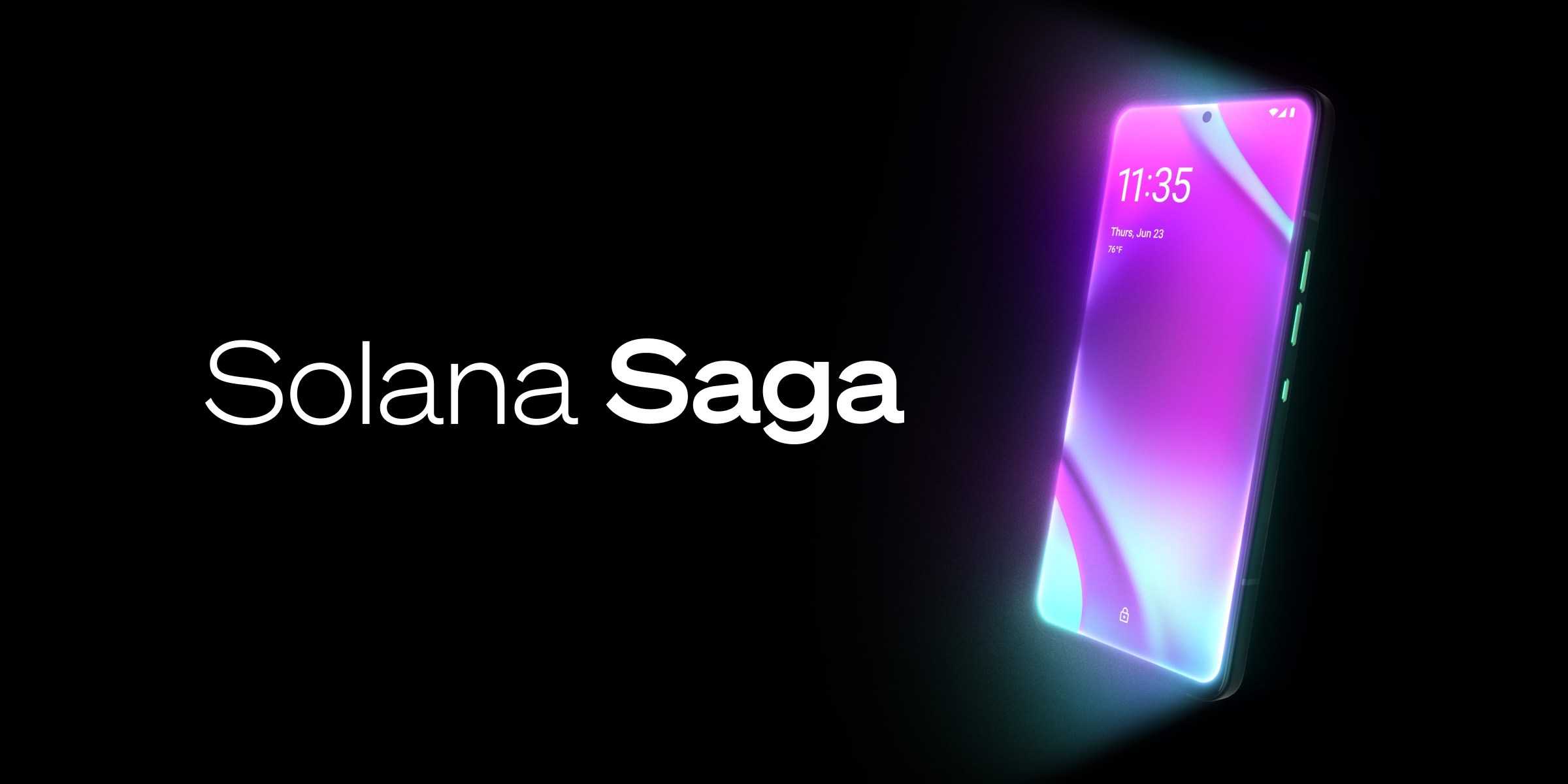In late June, leading blockchain company Solana announced its intent to launch a Web3-powered smartphone called Saga in early 2023. As with many high-end smartphones on the market today, the Saga will feature a large (6.7-inch) OLED display and will be powered by Qualcomm’s latest Snapdragon 8 Plus Gen 1 chip. The $1,000 device will also come with 512GB of storage, 12GB of RAM, and a 50-megapixel camera. What differentiates the Saga smartphone from the likes of premium Samsung, Apple, and other models is that it has built-in support for decentralized apps that rely on the Solana blockchain.
A number of Web3 companies have already signed on, including NFT marketplace Magic Eden, Solana wallet maker Phantom, and cryptocurrency exchanges FTX and Orca. Alongside the Saga announcement, Solana unveiled the Solana Mobile Stack or SMS (not to be confused with text messages), which is the Web3 equivalent of Apple’s App Store or Google Play – an open dApp (decentralized application) Store that will provide users with crypto-native apps, digital services, and digital goods.
Saga wasn’t built from the ground up by Solana, as it’s actually a rebranded version of another smartphone called OV1 from a company called Osom – which, itself, was formed from the remains of a team led by Android creator Andy Rubin that had worked on the Essential Phone. “The world needs novel hardware companies to support the future that is Web3. Building out an ecosystem that looks to the future without being burdened by past legacy ecosystems is hugely exciting,” Osom CEO Jason Keats commented to The Verge.
Solana CEO Anatoly Yakovenko believes there’s a strong opportunity to build a robust mobile presence for crypto, something that Apple has mostly ignored, he said. “This is something that I fundamentally believe the industry needs to do. We didn’t see a single crypto feature at the Apple developer conference 13 years after Bitcoin was alive,” he noted.
Osom and Solana are aware of the challenge ahead and that the industry is in the middle of a “crypto winter,” which has resulted in the loss of $2 trillion in value across cryptocurrencies since they peaked in 2021. To start with, they are “targeting the hardcore people,” and are hoping to grow the userbase from there. According to Interpret’s New Media Measure®, those hardcore users are likely to come from the Millennials demographic, as consumers in their 20s or 30s are far more comfortable using cryptocurrencies to pay for goods or services than the Gen X or Boomer crowd. Whether that means they’ll want to purchase a dedicated Web3 smartphone, however, is another story.




